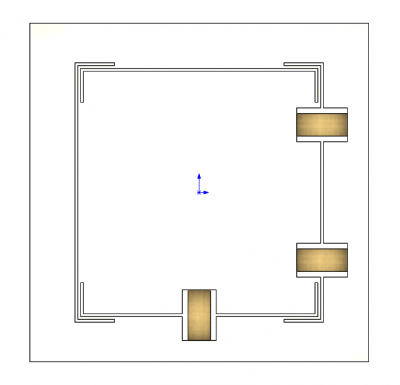nPoint uses piezoelectric stack actuators to provide motion to its flexure stages. These stacks are often referred to as “piezos” and this is what puts the “piezo” in “piezo stage.” Actuators are stacked with multiple piezo tiles to provide larger displacement and hence the term “piezo stack”. The material used for the piezo tiles is a cermamic PZT (Lead Ziconate Titanate). Other materials are mixed with this base ceramic to provide certain properties beneficial to flexure stages.

When an electric field is applied to the piezo, the stack will expand. This expansion of the crystalline structure is known as the inverse piezoelectric effect. nPoint typically uses bipolar piezos that operate between -30V to 150V.
Various actuator lengths are used depending on the stroke needed for the application. Typically these piezo stacks provide a stroke of 0.1% the length of the piezo. As an example, a piezo stack providing a range of 1 mm would be need to be 1 meter in length. nPoint uses amplified flexures in order to provide larger range stages with the use of smaller length piezos. This provides a realistic footprint for nanopositioning applications.
Read: Piezo Stage Travel Range

Piezo stacks have hysteresis, non-linearity, and drift naturally associated with them. This makes sensor feedback so important to the accuracy of a piezo stage. nPoint typically uses capacitive or strain sensors to determine an accurate position. Specialized electronics are designed to provide power to the piezo. Low noise drivers are very important when considering position resolution. PID control with advanced tracking features allows the user to provide accurate waveforms for scanning and millisecond settling times in step and settle applications.
Read: Deciding Between Open-Loop and Closed-Loop Piezo Stages
Piezo stacks can be used in a variety of environments such as high vacuum and ultra-high vacuum since there is no abrasion or necessary lubrication. Stages can be made non-magnetic and do not produce magnetic fields which can be important in a variety of research applications. Piezos can be used for billions of cycles. When used in a flexure stage, they provide friction-less, reliable, repeatable motion with little or no maintenance.




